A CARVED WOOD, POLYCHROME PAINTED AND PARCEL GILT RELIEF PANEL PROBABLY SPANISH OR SPANISH COLONIAL, 17TH CENTURYDepicting the Child Christ as Salvator Mundi, his right hand outstretched to bless, left hand cradling the orb emblematic of the earth, his clothes decorated with symbols of The Passion, painted background with attendant saints and angels and fragments of musical text, polychrome on pine, in a later mixed wood tabernacle style frame with flanking fluted columns in a rich Ionic order, frieze of angel heads, the panel 92 by 65cm, the frame 118cm high, 101cm wide, 16cm deep Provenance: Christie's, London, The Collection of Renaissance Furniture, Objects of Art, Porcelain and Majolica formed by the late Edward George Coles Esq, 25th November 1926, Lot 68. Catalogued at the time as "A terra-cotta relief of the Infant Saviour, painted and partly gilt, in frame supported by columns- 43 in. high, 40 in wide". Purchased back by a member of the family for 80 guineas and thence by family descent.The depicting of the Salvator Mundi- Christ as saviour and protector of the world is perhaps best known in recent times through the painting sold at Christie's in November 2017 for $450 million. Attributed wholly or in part to Leonardo Da Vinci in common with the majority of paintings and sculpture of this thematic device, it depicts Christ in the latter part of his life. A guardian with knowledge, maturity and experience. Rarer is the use of the juvenile 'Child Christ' as Salvator in North European art. For the greater part of the time this motif is found in work produced in Spain, Portugal, their colonies and, to a lesser extent, Italy. Juan Martínez Montañés "Niño Jesús" commissioned in 1606 for Seville Cathedral, came to be regarded as an archetype for this form- is actually derived from both 16th century Sevillian art and woodblock prints produced by artists such as Martin Schongauer (Cf. Met Museum Accession Number: 24.8.4, 'The Christ Child with an Orb', 1469-1482). This form persisted and predominated in Southern Europe and their colonies for several reasons. The first of these is exemplified in the work of the female Portuguese artist Josefa de Óbidos (1630-1684) and is discussed by Dr Rachel Zimmerman in "Josefa de Óbidos, Christ Child as Salvator Mundi" in Smarthistory, July 27, 2021. She records how at this period in time- women were encouraged to form a maternal relationship with Christ in emulation of the Virgin Mary. To this end when entering a convent, they would be given dolls carved as the Christ Child. This early associative behaviour in Spain and in Italy formed the later artistic taste of some female artists. Her work also emulates the composition and form both of Montañés work and examples of panels such as this lot. The second reason is perhaps more subjective. It has been suggested that the focus on the figure of Christ as a child in the colonies of Portugal and Spain, was an intended implication by the Catholic Church in their new congregations. Just as they were new to the faith, young and developing faith, so the young Christ equally held power and succour for them and would guide them into a more mature understanding of the life of the church. Certainly, we can see a proliferation of paintings and of ivory and wood carvings of Christ in this guise being made in the 17th century in Goa, Peru and the New World.Churches would often have large, stepped tabernacle frames at the altarpieces containing both paintings and sculpture (Cf. the main altarpiece of the funerary church of Guzmán el Bueno of the Monastery of San Isidoro del Campo, made by Montañés between 1609 and 1613). Usually, they followed the established hierarchy of architectural orders and with the frame, relief panels and painting being assembled together from different workshops. The altarpieces typically have freestanding figures at the base and central niches, with flat paintings above and relief panels, such as this, interposed giving the effec
A CARVED WOOD, POLYCHROME PAINTED AND PARCEL GILT RELIEF PANEL PROBABLY SPANISH OR SPANISH COLONIAL, 17TH CENTURYDepicting the Child Christ as Salvator Mundi, his right hand outstretched to bless, left hand cradling the orb emblematic of the earth, his clothes decorated with symbols of The Passion, painted background with attendant saints and angels and fragments of musical text, polychrome on pine, in a later mixed wood tabernacle style frame with flanking fluted columns in a rich Ionic order, frieze of angel heads, the panel 92 by 65cm, the frame 118cm high, 101cm wide, 16cm deep Provenance: Christie's, London, The Collection of Renaissance Furniture, Objects of Art, Porcelain and Majolica formed by the late Edward George Coles Esq, 25th November 1926, Lot 68. Catalogued at the time as "A terra-cotta relief of the Infant Saviour, painted and partly gilt, in frame supported by columns- 43 in. high, 40 in wide". Purchased back by a member of the family for 80 guineas and thence by family descent.The depicting of the Salvator Mundi- Christ as saviour and protector of the world is perhaps best known in recent times through the painting sold at Christie's in November 2017 for $450 million. Attributed wholly or in part to Leonardo Da Vinci in common with the majority of paintings and sculpture of this thematic device, it depicts Christ in the latter part of his life. A guardian with knowledge, maturity and experience. Rarer is the use of the juvenile 'Child Christ' as Salvator in North European art. For the greater part of the time this motif is found in work produced in Spain, Portugal, their colonies and, to a lesser extent, Italy. Juan Martínez Montañés "Niño Jesús" commissioned in 1606 for Seville Cathedral, came to be regarded as an archetype for this form- is actually derived from both 16th century Sevillian art and woodblock prints produced by artists such as Martin Schongauer (Cf. Met Museum Accession Number: 24.8.4, 'The Christ Child with an Orb', 1469-1482). This form persisted and predominated in Southern Europe and their colonies for several reasons. The first of these is exemplified in the work of the female Portuguese artist Josefa de Óbidos (1630-1684) and is discussed by Dr Rachel Zimmerman in "Josefa de Óbidos, Christ Child as Salvator Mundi" in Smarthistory, July 27, 2021. She records how at this period in time- women were encouraged to form a maternal relationship with Christ in emulation of the Virgin Mary. To this end when entering a convent, they would be given dolls carved as the Christ Child. This early associative behaviour in Spain and in Italy formed the later artistic taste of some female artists. Her work also emulates the composition and form both of Montañés work and examples of panels such as this lot. The second reason is perhaps more subjective. It has been suggested that the focus on the figure of Christ as a child in the colonies of Portugal and Spain, was an intended implication by the Catholic Church in their new congregations. Just as they were new to the faith, young and developing faith, so the young Christ equally held power and succour for them and would guide them into a more mature understanding of the life of the church. Certainly, we can see a proliferation of paintings and of ivory and wood carvings of Christ in this guise being made in the 17th century in Goa, Peru and the New World.Churches would often have large, stepped tabernacle frames at the altarpieces containing both paintings and sculpture (Cf. the main altarpiece of the funerary church of Guzmán el Bueno of the Monastery of San Isidoro del Campo, made by Montañés between 1609 and 1613). Usually, they followed the established hierarchy of architectural orders and with the frame, relief panels and painting being assembled together from different workshops. The altarpieces typically have freestanding figures at the base and central niches, with flat paintings above and relief panels, such as this, interposed giving the effec

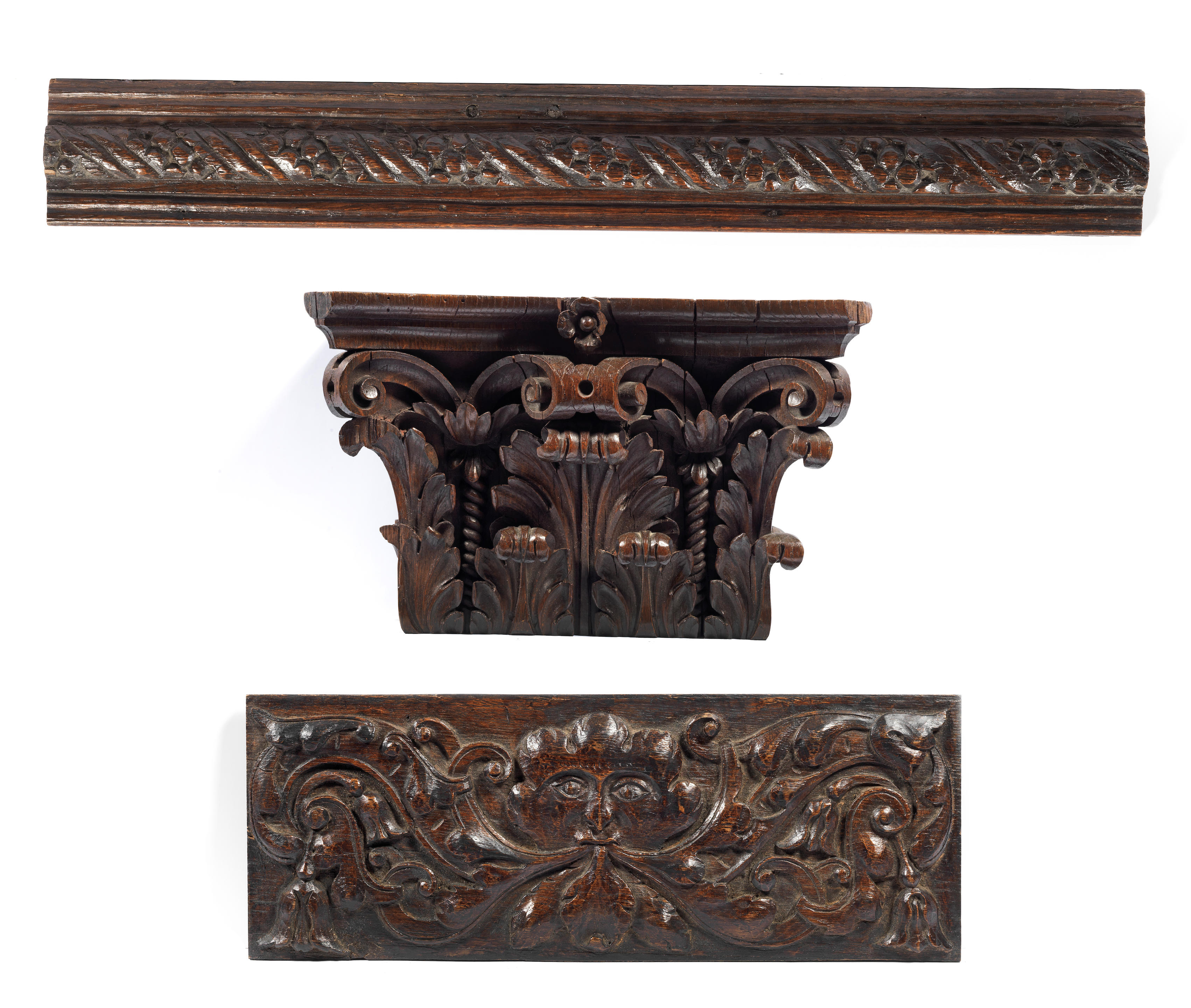
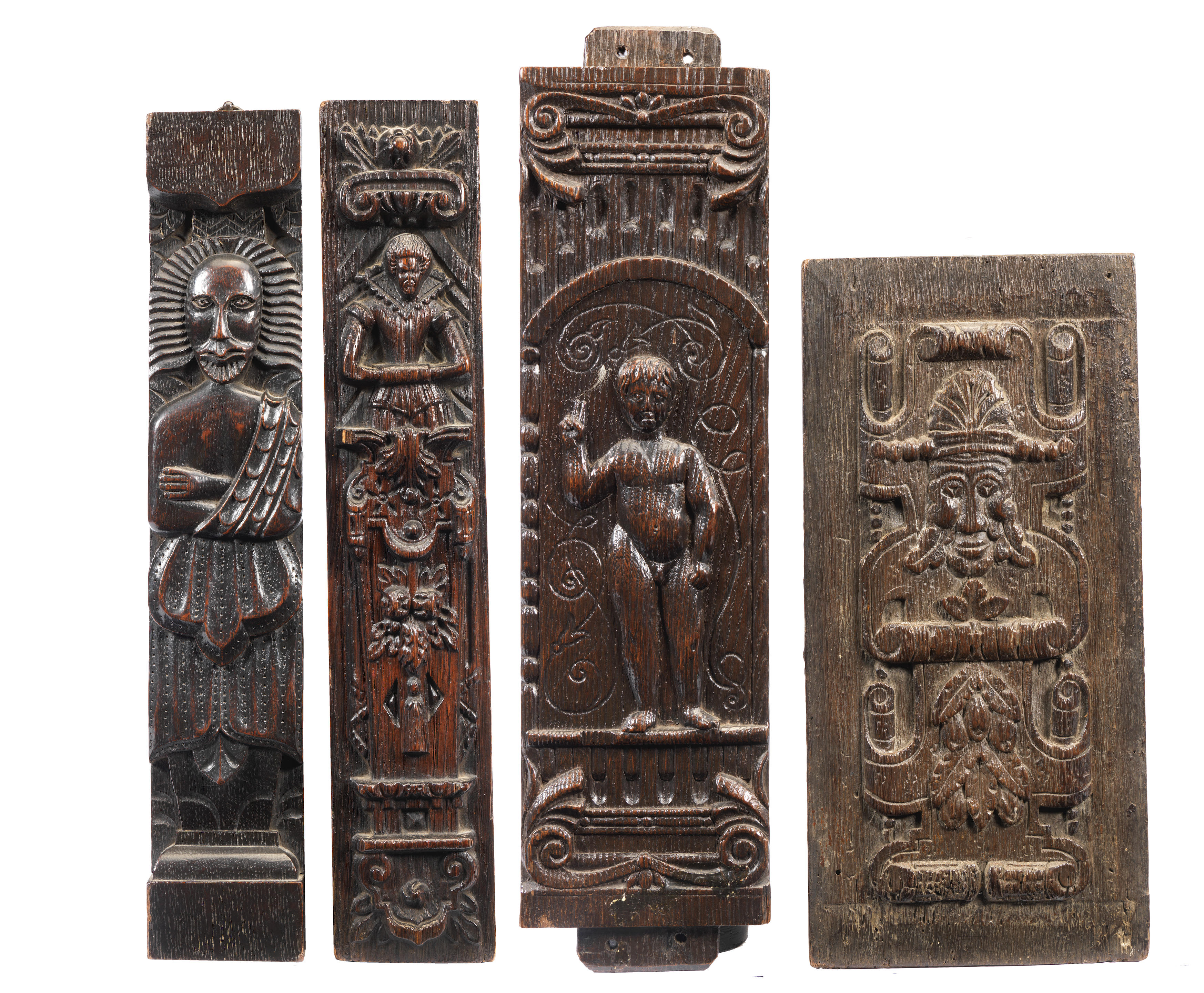
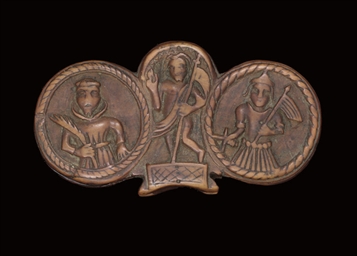

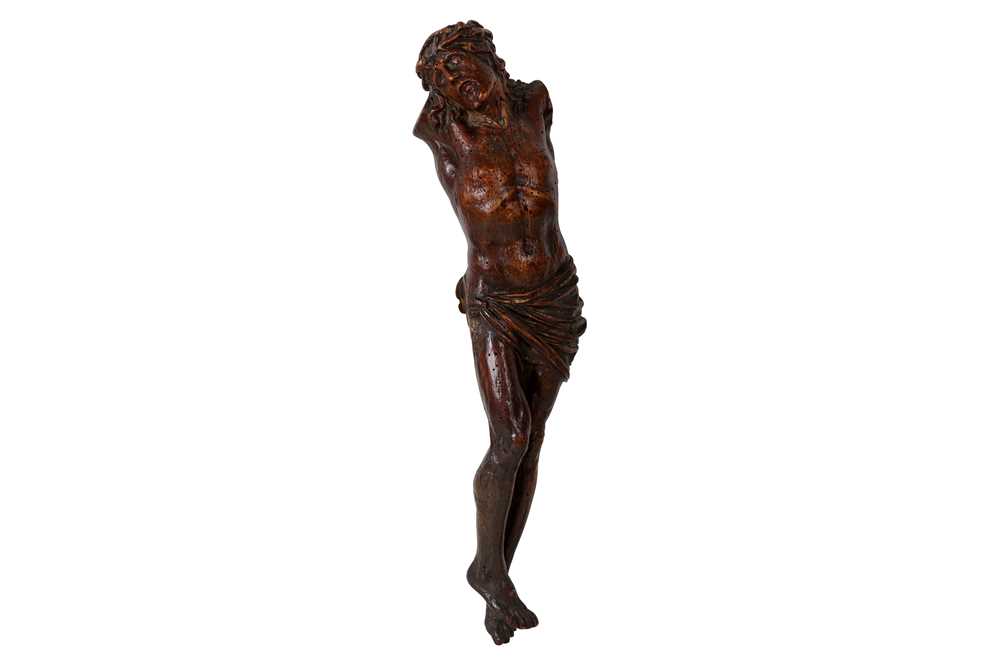

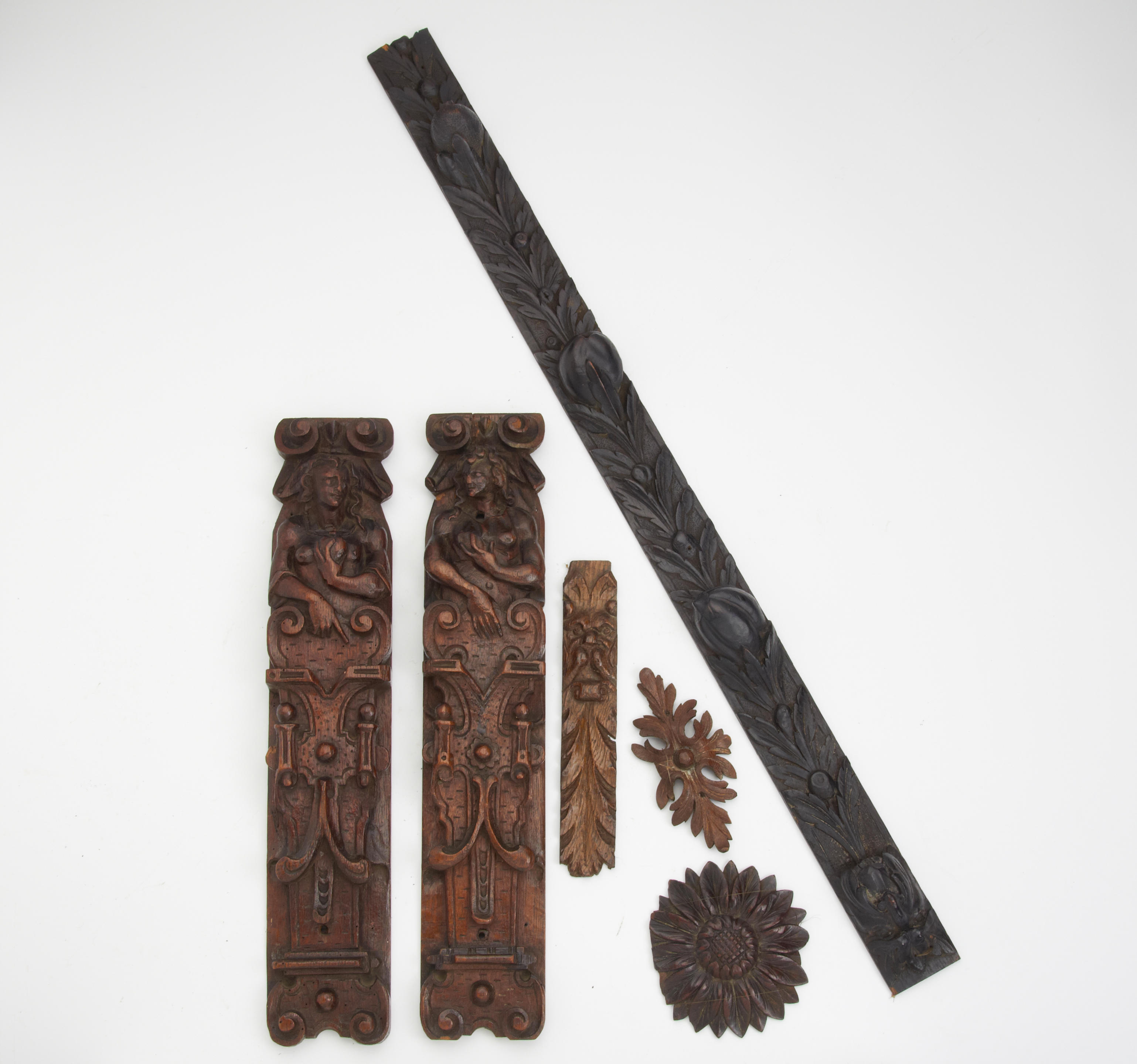





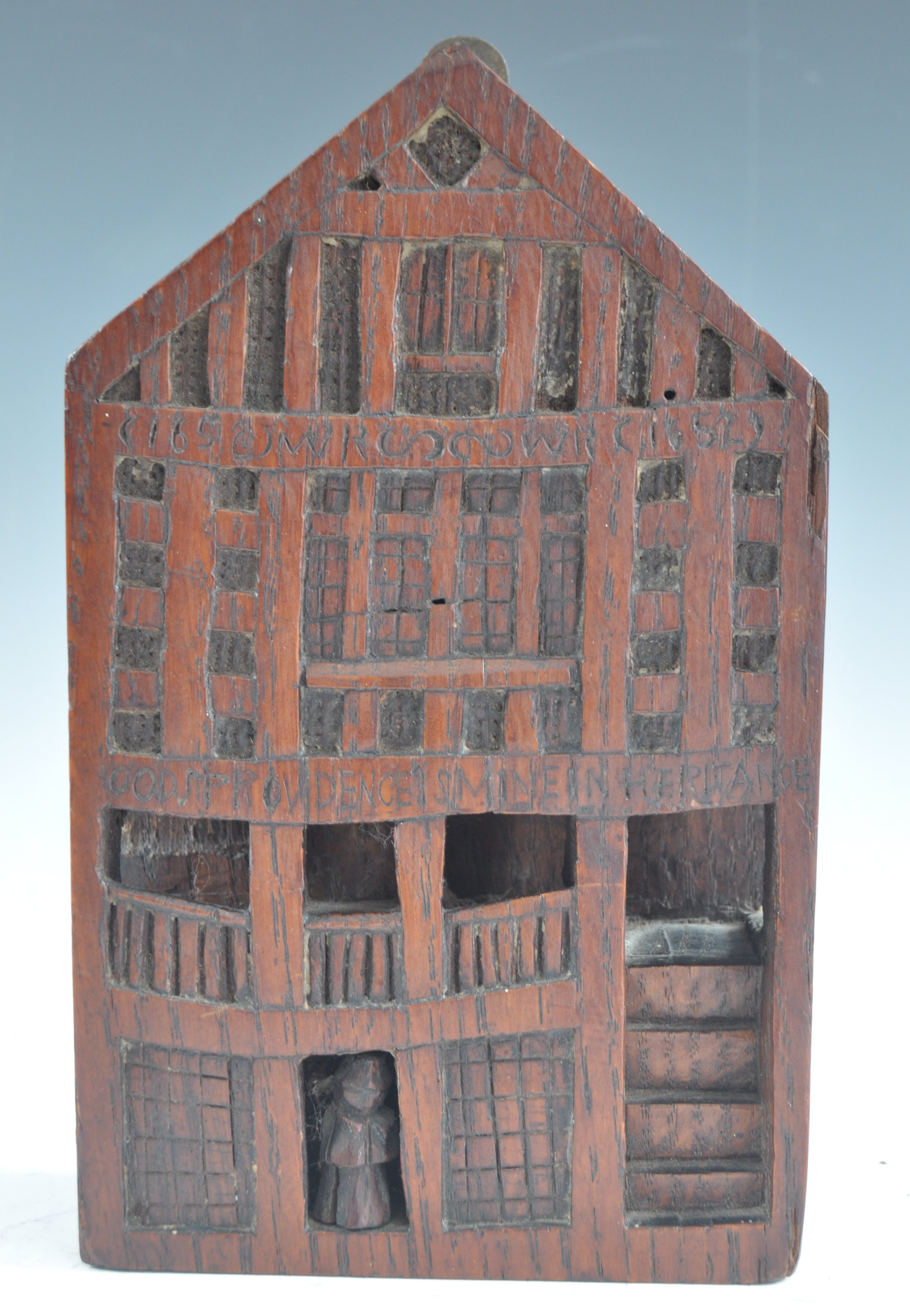
Try LotSearch and its premium features for 7 days - without any costs!
Be notified automatically about new items in upcoming auctions.
Create an alert